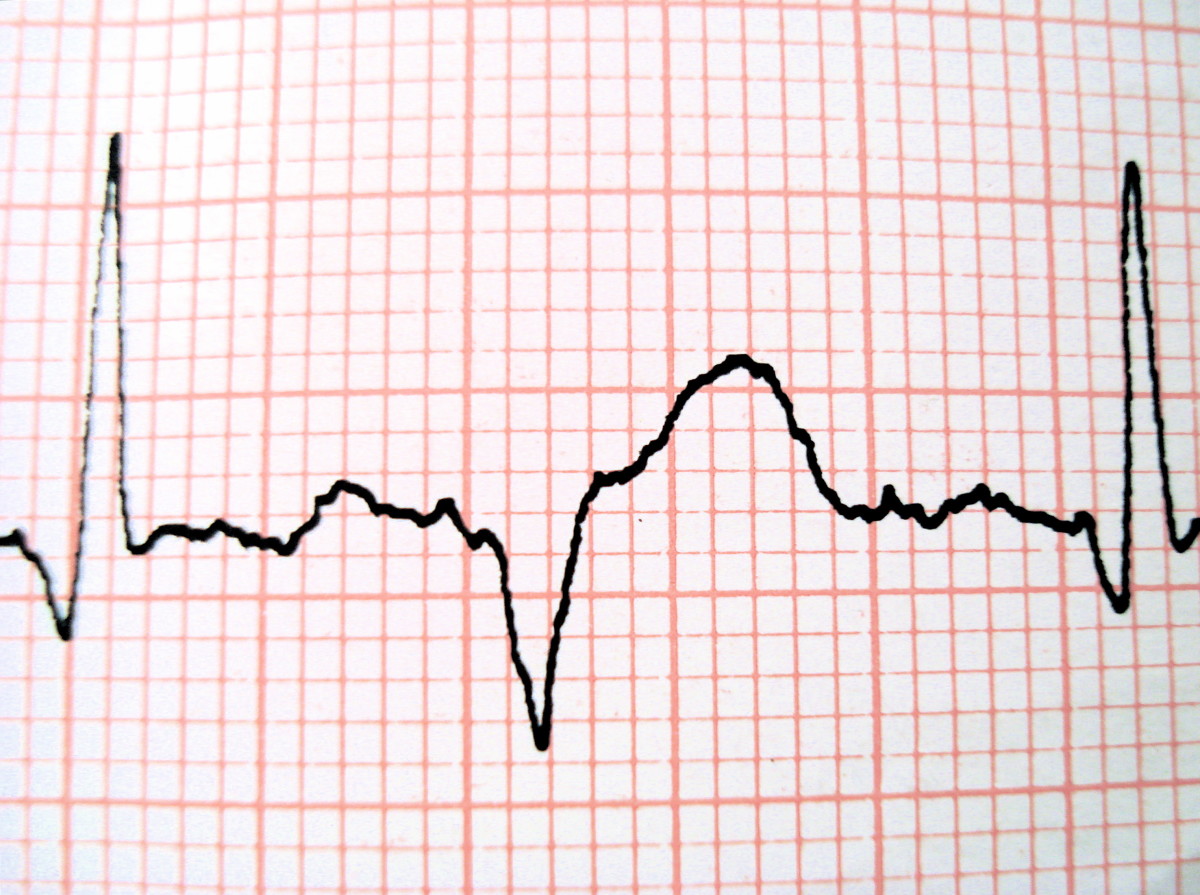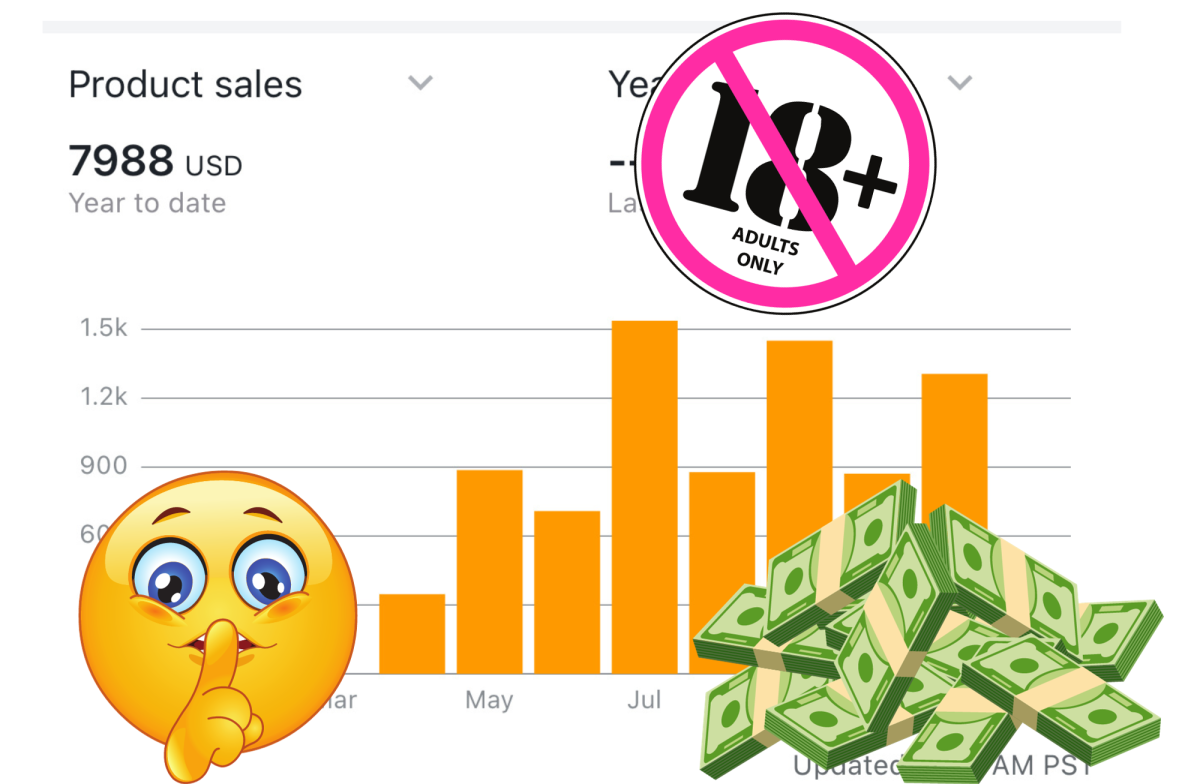Watch Real-life Explosions and Learn How ATEX Makes Lives Safer

Ever Thought What Explosions Are and How They Really Might Affect You!
We explore the awe inspiring explosions in nature, and consider how day to day life could bring some of us into real danger from explosion.
We then discuss how the Employer ensures that explosion (and related) risks are as far as possible elimimated or where this would not be possible, they are ameliorated and controlled to keep everyone safe, and compliant (if in Europe) with the regulations.
Even a domestic boiler can explode...
Just What Explosions Can Do - Escaping from the 1980 St. Helens Eruption
A news story about the 1980 eruption of Mt. St. Helens in Washington State, including original footage shot by Dave Crockett on the mountain, as he tries to escape from the eruption in progress.
Explosions and the ATEX Directive
Explosions do not commonly occur in nature, and it is unlikely that another event as big as the Mount St. Helens explosion (above) will occur again in our lifetimes, but when they do they are usually dramatic and awe inspiring - not to say also extremely dangerous if you happen to be anywhere near them.
At any time there are volcanic eruptions taking pace around the earth, however, occasionally nature will produce a huge explosion in connection with volcanic activity and these must be the largest natural explosive events which take place.
Sometimes, such as at Mt. St. Helens, the whole side of a mountain will be blown away in these explosions, and the effects can then be seen 50 to 100 miles from the source of the explosion.
We can't control volcanic eruptions, but in reality we are much more in danger from man-made explosions, and these can be very serious indeed. For that reason, throughout Europe, it was decided that all EU nations would to adopt a common strategy to reduce man-made explosions in peace-time to an absolute minimum possible. To do that the ATEX Directive was created and all nations in the EU agreed to apply its rules, and its detailed regulations.
The following video shows an example of an explosion in the UK, at a place called Flixborough. There is no footage of the explosion itself, but the awesome power of it can easily be imagined by watching this film of the aftermath. (This happened before the ATEX Regulations were fully enacted in 2006, and it is hoped they will help prevent disasters like this from happening again.)
Flixborough Disaster 1974
The Flixborough disaster was an explosion at Nypro chemical plant close to the village of Flixborough (near Scunthorpe), Humberside formally Lindsey, Lincolnshire (now North Lincolnshire), England, on 1 June 1974. It killed 28 people and seriously injured 36.
So, what is an explosion?
An explosion is a sudden increase in volume and release of energy in an extreme manner, usually with the generation of high temperatures and the release of gases.
The following video should help you to appreciate, without getting involved in detailed science, just what is taking place in a split second, in an explosion.
Anatomy Of An Explosion
As explosions go, unless they are made by Hollywood, they are too fast to really appreciate their true destructive nature. In this video, the explosion is broken down for a better understanding of what is going on when you see that fireball and great amount of smoke.
Explosions Take Many Forms Making Them More Difficult to Prevent
Examples of Awesome Explosion Types
In Nature
Natural explosions are usually the result of gradually increasing pressure within a hot volcanic core which is unable to disperse due to solidified rock above it. This pressure may build up so much that once the rock above begins to disintegrate it breaks up very rapidly and the pent-up gas pressure expands equally rapidly, with very violent results.
However it is also possible for magnetic based explosions to occur. For these to happen excessive magnetic pressure within an ultra-strong magnetic source (this could be an electromagnet) can cause a magnetic explosion. Solar flares are an example of explosion common on the Sun which is heavily magnetically driven.
The largest known explosions in the universe are supernovae, which result from stars exploding, and gamma ray bursts, which we still do not fully understand.
Man Made
Electrical
A high current electrical fault can create an electrical explosion by forming a high energy electrical arc which rapidly vaporizes metal and insulation material, but more commonly, faulty circuits may simply overheat until they start to burn. The heat produced may then cause a build-up of pressure in objects, which then explode.
Mechanical
So far we have talked about purely physical processes and examples which we might experience in our daily lives would include the bursting of a sealed or partially-sealed container under internal pressure is often referred to as a 'mechanical explosion'. An example of that is to burst a balloon!
Chemical
Explosions can also be chemical or nuclear. In chemical explosions the increase in volume and release in energy comes from a very fast gas producing chemical reaction. All bombs used in conventional warfare produce their effect by chemical explosions.
Nuclear
Nuclear explosions occur when radioactive materials are placed in a situation where the radioactive activity within the radioactive material can accelerate extremely emitting a huge amount of energy very quickly and often creating a similar amount of expanding gas by intensely heating and vaporizing any material in the vicinity.
Nuclear And Hydrogen Explosions
Documentary footage of nuclear and hydrogen bomb explosions. The footage dates from Trinity 1945 to Castle Bravo 1954. Footage from "Trinity and Beyond" (1995).
Watch These Awesome Horrific Explosions
How The ATEX Regulations Work To Keep Us Safe
Although all these types of explosions are interesting to consider, in real day to day life even if we include terrorist created explosions, the biggest danger to each of us, comes from much smaller explosions and in our workplaces and homes, and these risks come from much more prosaic causes.
The biggest risk of explosion comes from complacency, when people like you and me neglect to think ahead of the consequences of our actions. Also, danger occurs when we cut corners, and ignore sensible precautions maybe when under pressure to save money.
So, the way to prevent explosion and fire risk, in everyday living, depends on the vigilance of all engineers and technicians to keep on being careful about what they do every day, and taking care to think about how explosion and fire could hurt the people around them.
Within Europe and the EU, it was decided that there are formal procedures that if followed could go a long way to ensuring that we all look out for each other, to THINK in advance about what could cause an explosion.
If everyone follows these certain steps to identifying what could go wrong, and ensure that these 'accidents", DON'T HAPPEN. We shall all be more likely to live out happy lives, free from injury and possible death.
These steps are embodied in the so-called "ATEX" Directives.
Examples of Risks that Are Avoided by Applying ATEX Rules
Throughout Europe, all citizens are protected while at work, by a set of Regulations known as the ATEX regulations, and these are defined in the ATEX Directive, which has been fully enacted since 2006. The name ATEX was coined by the French and is taken from the first two letters from the words "Atmosphere" and "Explosive".
The ATEX Regulations cover all dangerous substances which could cause an explosion and require your employer to carry out hazard identification and risk assessments whenever and wherever on his site these risks occur.
If the risk assessments show unacceptable explosion or related dangers where the risk remains after ameliorative measures have been considered and where necessary implemented, then either alternative methods must be sought to reduce the residual risk to an acceptable level, or ATEX zones must be demarcated, and training be carried out for all staff, and provided by the Employer.
In factories solvents which evaporate may combust, and dusts of various types may also cause explosions, if there is an ignition source present.
Boiling liquid and expanding vapour explosions are also a type of explosion that can occur when a vessel containing a pressurized liquid is ruptured, such as a boiler causing a rapid increase in volume as the liquid evaporates.
ATEX Risk Assessment
All these hazards, and many more which may occur, must be considered for the specific circumstances which apply, within and ATEX Risk Assessment (RA). These RAs and the work needed, and training needed, to provide for a safe working environment must all be documented and agreed amongst senior staff. The place to keep all this information is within an Explosion Protection Document, and this once produced needs to be kept current by regular revision by the Employer.
Further information on the ATEX Directive and the Dangerous Substances and Explosive Atmosphere Regulations is available at the UK ATEX and DSEAR web site.
Using Hazardous Risk Instrumentation to Reduce Explosion Risk
ATEX Risks Training
Training of those responsible for the built environment in the requirements of the ATEX Regulations is an important aspect of ATEX Regulations compliance, so that any unavoidably hazardous areas can be reliably identified and the correct level of ATEX compliant equipment specified, installed and maintained appropriate to the classification of each hazardous explosive zone.
Amazon ATEX Guidance to Avoid Explosions in the Workplace

About hazardous Risk Training
© 2008 Stephen Last







